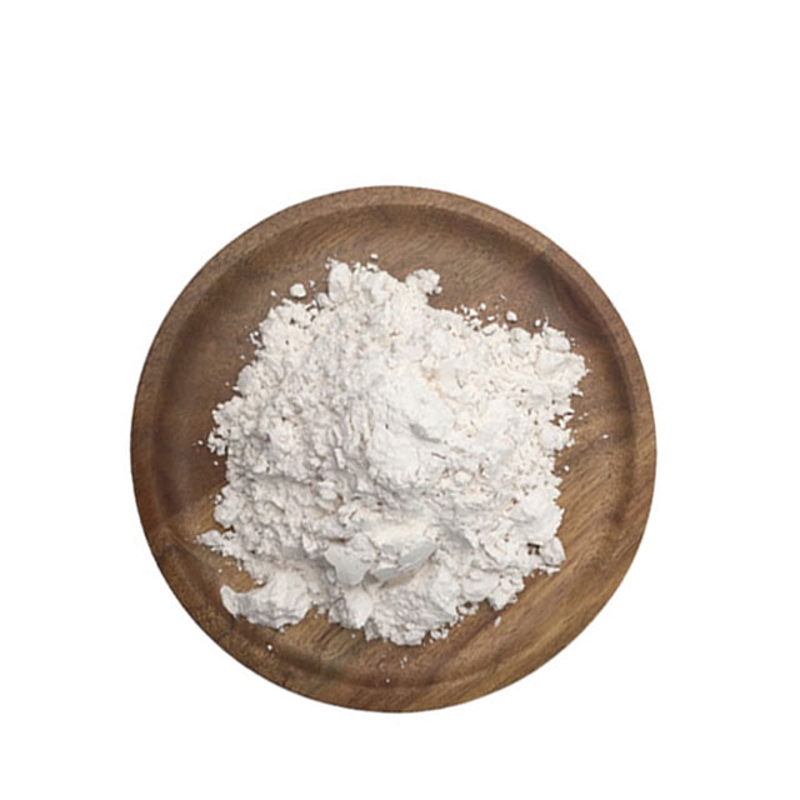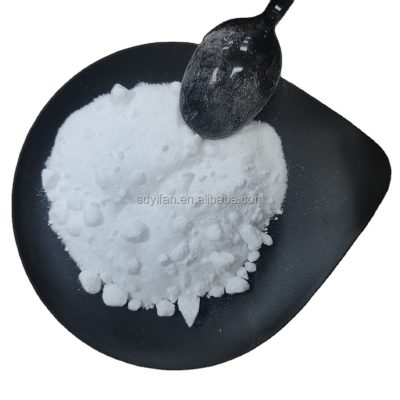-
Categories
-
Pharmaceutical Intermediates
-
Active Pharmaceutical Ingredients
-
Food Additives
- Industrial Coatings
- Agrochemicals
- Dyes and Pigments
- Surfactant
- Flavors and Fragrances
- Chemical Reagents
- Catalyst and Auxiliary
- Natural Products
- Inorganic Chemistry
-
Organic Chemistry
-
Biochemical Engineering
- Analytical Chemistry
- Cosmetic Ingredient
-
Pharmaceutical Intermediates
Promotion
ECHEMI Mall
Wholesale
Weekly Price
Exhibition
News
-
Trade Service
The APNG-2 submarine communications cable system connecting Australia to Papua New Guinea (PNG) has been in service for 16 years and has now been decommissioned
.
The APNG-2 cable system was built after a 1,800-kilometre-long section of the PacRimWest cable was recycled and reused, which connected Australia to Guam when it entered service in 1994
.
After PacRimWest was decommissioned in 2005, the system was cut off near the Solomon Islands and converted to APNG-2, resulting in 80 percent cost savings by transferring equipment from the Guam landing station to PNG to build new cables and factories
.
Currently, Papua New Guinea is building the Kumul Domestic Submarine Cable, which aims to connect 15 coastal cities between Port Moresby, Alotau, Popondeta, Lae and Madang provinces, with a total length of 5,457 km
.
The project was built by Huawei with an 85% preferential buyer credit provided by the Export-Import Bank of China to the Papua New Guinea government
.
Not only that, but the system will also be connected to Jakarta through Indonesia's national backbone submarine cable network and further to Asia, forming a new international interconnection network
.
The APNG-2 submarine communications cable system connecting Australia to Papua New Guinea (PNG) has been in service for 16 years and has now been decommissioned
.
The APNG-2 cable system was built after a 1,800-kilometre-long section of the PacRimWest cable was recycled and reused, which connected Australia to Guam when it entered service in 1994
.
After PacRimWest was decommissioned in 2005, the system was cut off near the Solomon Islands and converted to APNG-2, resulting in 80 percent cost savings by transferring equipment from the Guam landing station to PNG to build new cables and factories
.
Currently, Papua New Guinea is building the Kumul Domestic Submarine Cable, which aims to connect 15 coastal cities between Port Moresby, Alotau, Popondeta, Lae and Madang provinces, with a total length of 5,457 km
.
The project was built by Huawei with an 85% preferential buyer credit provided by the Export-Import Bank of China to the Papua New Guinea government
.
Not only that, but the system will also be connected to Jakarta through Indonesia's national backbone submarine cable network and further to Asia, forming a new international interconnection network
.







